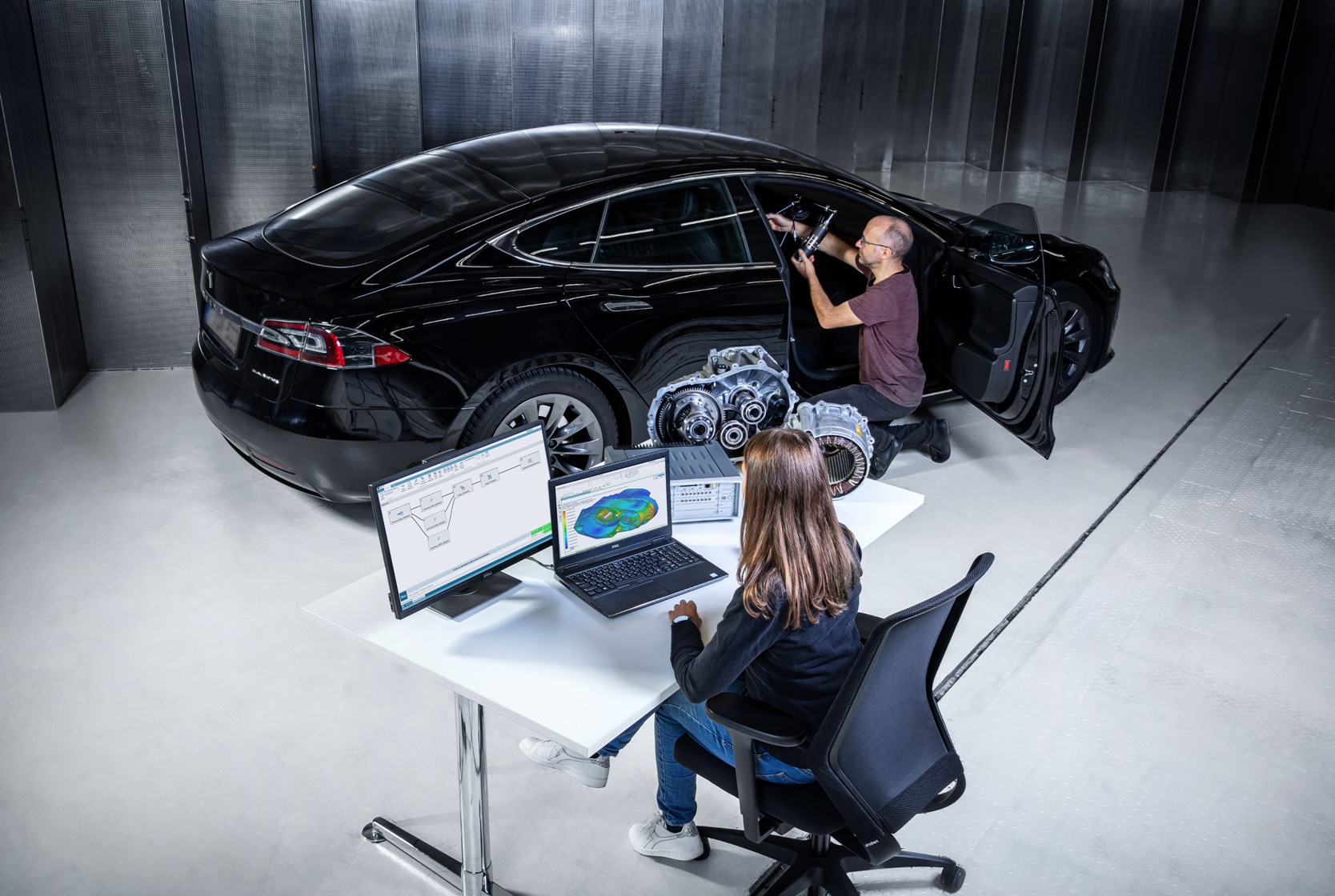Siemens adds Noise, Vibration and Harshness prediction capabilities to its Simcenter engineering simulation portfolio for early design and virtual prototyping
Siemens Digital Industries Software has introduced “system NVH prediction”, a new Simcenter software application that can bring the benefits of a comprehensive digital twin approach to accurately and easily predict the interior and exterior Noise, Vibration and Harshness (NVH) performance of a vehicle before a physical prototype is available for any type of vehicle: hybrid, fully electric or internal combustion engine (ICE).
This new Simcenter application helps engineers front load full vehicle NVH analysis and detect potential component NVH performance issues earlier by using measured and simulated component models to build a virtual prototype assembly. Simcenter is part of Xcelerator, Siemens’ integrated portfolio of software, services and application development platform.
In-Depth Vibration and Noise Analysis
In today’s fast-moving automotive manufacturing market, NVH engineers need a new level of tools to carry out the in-depth analysis required to optimise performance. Electrification means existing and future power trains are much quieter than ICE units, so they won’t mask noise sources such as tyres or auxiliaries including HVAC systems and wipers. Meanwhile, the need for greater numbers of variants means that building physical prototypes for every variant within a reasonable timeframe and budget is impossible.
Simcenter uses a systems-engineering approach to enable the rapid creation of multiple vehicle variants. System-level component models based on test and/or simulation data are created by NVH experts and published to a library. These take advantage of the latest technology, such as component-based transfer path analysis which allows engineers to characterise the NVH sources independently from the final receiver, to ensure that they are validated, scalable and reliable.
These validated components can then be rapidly assembled by non-NVH experts to represent a new variant and performance assessment can begin, reducing set-up times to a matter of minutes. This systems-based approach allows rapid reuse of available data and expertise by a much wider community of users within an organization. By enabling non experts to conduct performance prediction studies, it facilitates NVH performance assessments to be carried out at all stages of vehicle development.
According to Patrick Corbeels, product manager, Siemens Digital Industries Software, test and simulation teams need to work closely to ensure quality in the face of a shortened development cycle and reduced budgets for multiple physical prototypes.
“Our new NVH prediction tools democratise access to this technology by allowing expert created libraries to be used efficiently by anyone that needs them, saving time and reducing bottlenecks in the test and simulation process.”

